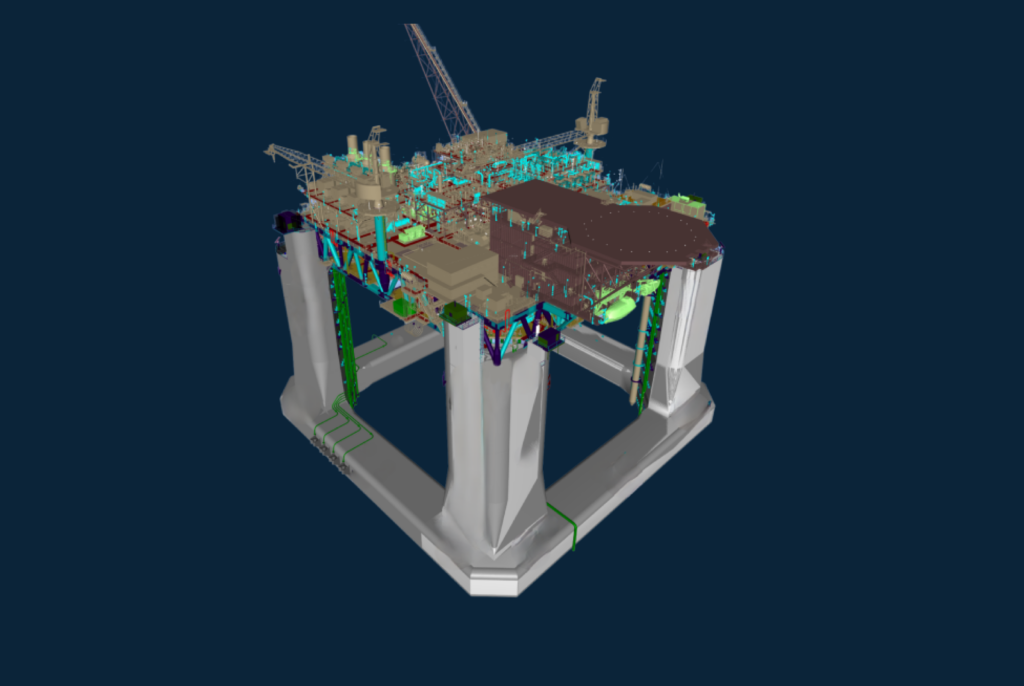

Want to share this article?
Technological Advancement Keep Subsalt Reservoirs Relevant
Oil and gas exploration in the sub-salt regions of the earth is not a new trend, but it wasn’t until the 1990s that computing and geological knowledge had caught up enough to make such exploration globally more common.
According to 2013 research by business and government consultancy IHS, “tens of billions of oil equivalent” (PDF) are estimated to be found in sub- and pre-salt plays in the Gulf of Mexico and offshore of Brazil and West Africa alone.
But accurately locating and drilling into sub-salt reservoirs is no easy task. While salt has a low density, it also has a high seismic wave velocity, in some cases twice as high as the surrounding sediment. The interface between the salt and sediment inevitably creates a problem: it functions similar to a refractive lens, scattering seismic energy. In the early days of imaging, this scattering inevitably gave inaccurate vertical representations of salt domes. This process improved somewhat in the mid-’90s (PDF), with the combination of increased computer power as well as improved velocity models and seismic surveys. In 2004, BP turned to a new method called wide-azimuth towed streamer data acquisition, which placed the source and receiver of signals on separate vessels.
Prestack depth migration (PSDM) then became more popular in the mid-2000s, providing improved geological analysis of salt body depth. The resource-intensive process — which requires an “integrated work effort shared between seismic processing specialists and interpretation geoscientists” — suddenly provided a clearer image of the subsurface, even in deepwater, and helped reduce risk in starting drilling projects in complex geologies. Later fine-tuning of those images came with improvements in modeling and time scans.
Today subsalt exploration, drilling, and production remain viable and highly technology-driven. A June 2015 piece for Offshore highlighted this fact, pointing to SEG Advanced Modeling (SEAM) as a developing technology. While the associated SEAM Corporation has been around since 2007, several of their projects are still in development, including the SEAM Pressure Prediction project which aims to improve “seismic acquisition, processing and imaging” modalities for reducing risks in well planning. Several other valuable datasets have already been derived through SEAM’s first phase, likely to be used to further develop imaging acquisition and processing tools to evaluate salt bodies.












